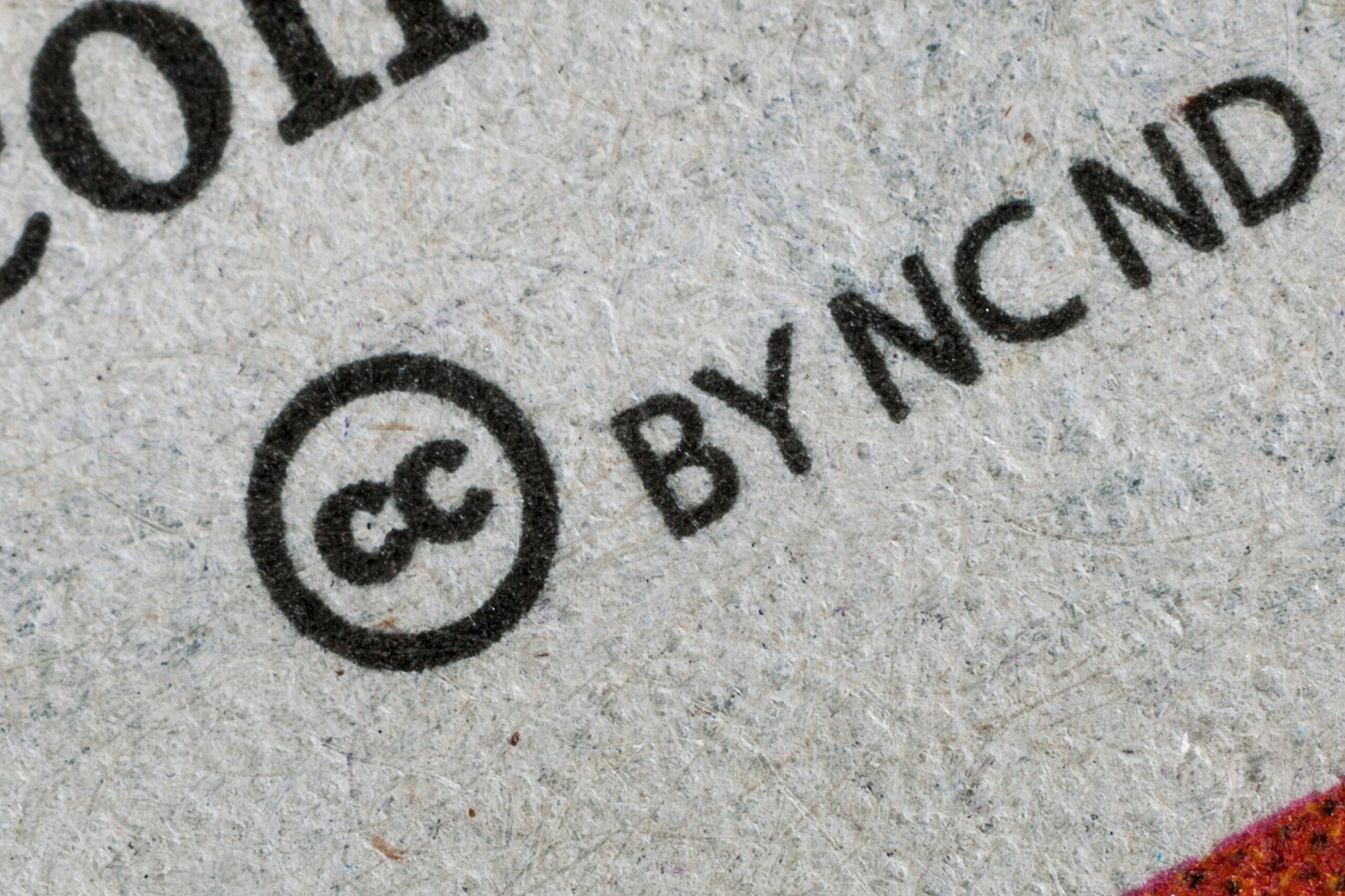The differences between trademarks and copyrights can be confusing. Both are similar in the following ways:
- Both are forms of intellectual property
- Both are protected by U.S. statutes and laws — but different statutes and laws apply
- Both can be infringed by others, and infringement litigation can be filed
- Both are valuable business and personal assets that can be sold, licensed, transferred through the laws of inheritance, used as collateral for financing and investments, shared by more than one person/business, etc.
- Both can be registered with their respective governmental agencies — the U.S. Patent and Trademark Office for trademarks and the U.S. Copyright Office for copyrights
- Both must be “affixed” to something — copyrights must be affixed to a “tangible medium” like paper or a record, and trademarks must be affixed to a product, packaging, marketing materials, etc.
- Both have legal protections under common la,w even if not registered
- Both provide nationwide legal protections
- Both have legal protections under international law
However, understand that trademarks and copyrights are very different. The most important difference involves what they protect legally. Copyrights protect original works of authorship like books, movies, art, music, games, photographs, etc. Trademarks protect words, logos, designs, marks, and other things used to identify the commercial source of goods and/or services.
As can be seen, copyrights protect a huge area of creative endeavors while trademarks protect a very narrow business tool. Trademarks vastly increased in importance at the beginning of the radio/television age, when advertising became so important. Copyrights have increased in importance in this Computer Age (or Information Age) since computer code — as a form of writing — is deemed protected by copyright laws.
Other salient differences between copyrights and trademarks can be listed as follows:
- Eligibility — to be eligible for legal protection, trademarks must be used in commerce; as noted, trademarks are business tools; by contrast, original works of authorship are eligible for copyright protection immediately upon creation
- Use — trademarks must be USED in commerce to have legal protections; in fact, trademarks will stop existing legally if they are not used; there is no use requirement for copyrights
- Statutes — at the federal level, trademarks are governed by the Lanham Act, while copyrights are governed by the Copyright Act
- Rights — trademark rights are generally limited to preventing others from using the trademark on their goods/services; copyrights are more expansive, giving authors exclusive rights to reproduce, distribute, display, and create derivatives related to the original works
- Symbol use — trademark owners have at least two symbols that can be used (the TM symbol and the circle R symbol — ® ); copyright owners can use the circle C symbol — ©
- Length of viability — if they are continually used in commerce, trademarks can continue to be viable and legally protected indefinitely; by contrast, generally, copyrights expire 70 years after the death of the creator or, for original works not made by individuals, copyrights last for 95 years from the date of publication or 120 years from the date of creation, whichever is shorter
- Registration requirements for infringement litigation — trademark infringement cases can be filed without having to register the trademark; the opposite is true for copyrights
- Fair use legal doctrines — trademark law permits a very limited “fair use” of trademarks where there is no infringement; the “fair use” is limited to using the trademark to identify the trademark and the product/service; by contrast, the “fair use” exceptions are extensive with respect to copyrights
Contact the Trademark and Copyright Attorneys at Revision Legal
For more information, contact the experienced Trademark and Copyright Lawyers at Revision Legal. You can contact us through the form on this page or call (855) 473-8474.




